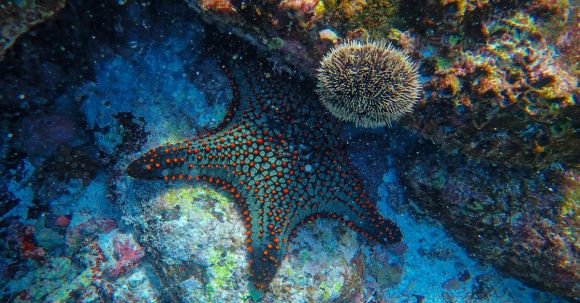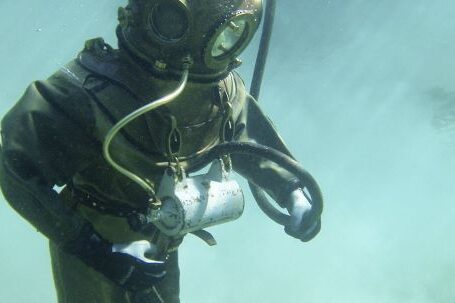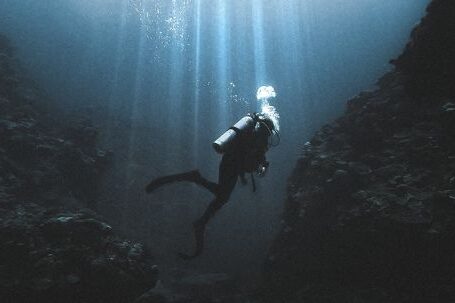Coral reefs are some of the most vibrant and diverse ecosystems on our planet. These underwater wonderlands are home to a vast array of marine life, from colorful fish to intricate coral formations. In this article, we will take a closer look at the diversity found within coral reefs and explore the incredible variety of species that call these habitats home.
The Importance of Coral Reefs
Before delving into the diversity of coral reefs, it is essential to understand their importance. Coral reefs are not only breathtakingly beautiful but also crucial to the health of our oceans. They provide habitats for countless marine species, act as natural barriers against coastal erosion, and play a vital role in carbon storage. Additionally, coral reefs support the livelihoods of millions of people around the world through tourism and fishing industries.
The Rainbow of Coral Species
Coral reefs are known for their stunning displays of color, and much of this vibrancy comes from the diversity of coral species found within them. There are over 800 different species of coral, each with its unique shape, size, and coloration. From branching corals that resemble delicate trees to massive boulder corals that can weigh several tons, the diversity of coral shapes and sizes is truly astounding.
The Fish of the Reef
Beyond the corals themselves, coral reefs are teeming with an incredible variety of fish species. These fish come in all shapes, sizes, and colors, and each plays a vital role in the delicate balance of the ecosystem. Some fish, like the colorful clownfish, seek protection within the branches of coral. Others, such as the stealthy barracuda, patrol the outskirts of the reef, searching for prey. From tiny gobies to majestic manta rays, the diversity of fish found within coral reefs is truly remarkable.
Invertebrates and Other Marine Life
Coral reefs are not just home to corals and fish; they are also inhabited by a vast array of invertebrates and other marine creatures. Soft corals, sea anemones, and sponges add another layer of diversity to the reef, with their unique shapes and textures. In addition to these stationary creatures, coral reefs are also frequented by mobile organisms such as sea turtles, octopuses, and crustaceans. Each of these creatures plays a crucial role in the complex web of life that exists within coral reef ecosystems.
Threats to Coral Reef Diversity
Despite their incredible diversity, coral reefs are facing numerous threats. Climate change, overfishing, pollution, and destructive fishing practices are all taking a toll on these fragile ecosystems. Rising sea temperatures can cause a phenomenon known as coral bleaching, where corals expel the symbiotic algae that provide them with essential nutrients, leading to their death. Additionally, destructive fishing practices such as dynamite fishing and cyanide poisoning can devastate entire reef systems. It is crucial that we take action to protect these invaluable ecosystems and preserve their incredible diversity.
Preserving the Jewel of the Ocean
To ensure the survival of coral reefs and the incredible diversity they harbor, concerted conservation efforts are needed. This includes establishing marine protected areas, implementing sustainable fishing practices, reducing carbon emissions, and promoting responsible tourism. By taking these steps, we can help protect the underwater world of coral reefs and preserve their diversity for future generations to enjoy.
In conclusion, coral reefs are truly a marvel of nature, with their immense diversity of corals, fish, invertebrates, and other marine creatures. These vibrant ecosystems are not only beautiful but also crucial to the health of our oceans. It is our responsibility to protect and preserve these underwater wonders, ensuring that future generations can continue to explore and appreciate the incredible diversity found within coral reefs.





